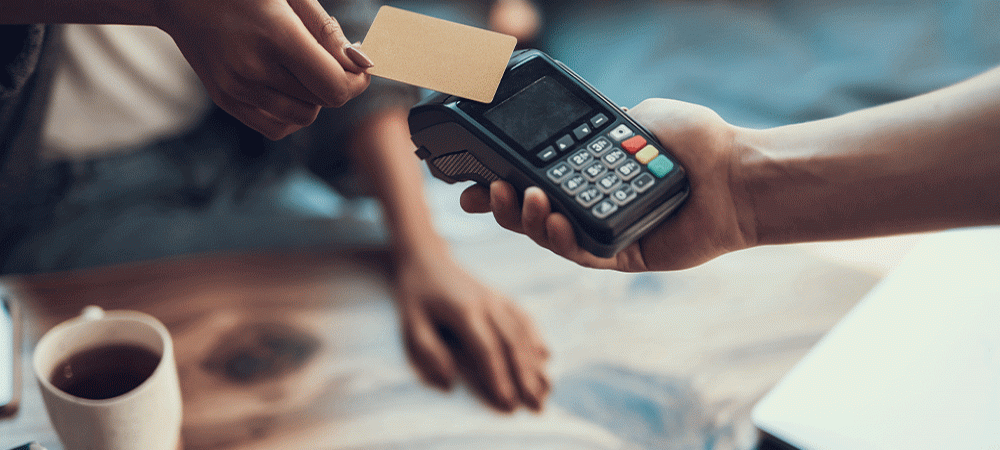More than eight in ten consumers (86%) say that their payments habits have changed since the start of the pandemic, with 59% trying a new payment method for the first time – a number which rises to 77% among the 18- to 24-year-old age group. That’s according to new research released by leading specialised payments platform, Paysafe, in which 8,000 consumers were surveyed for the company’s latest Lost in Transaction report.
The research, which was conducted on behalf of Paysafe by Sapio Research in March and April 2021 and covers the US, UK, Canada, Germany, Austria, Bulgaria and Italy, explored changing consumer behaviours towards payments. Unsurprisingly, the key driver cited by respondents for adopting new payments methods was due to being unable to make in-person payments (33%) but wanting to track spending more closely (26%) and concerns over fraud (25%) also came up as strong trends.
In terms of awareness, more than a third (38%) of consumers say they are now more informed of the wide range of different payment methods available to them than they were prior to the pandemic, and almost a third (31%) are now more likely to use an alternative payment method when making an online purchase, rather than just automatically reaching for their credit or debit card.
That said, card payments continue to be the dominant online payment method overall, with more than half of global consumers having used a debit (54%) or credit (51%) card to complete a transaction in the past month. Against this backdrop, however, digital wallets are emerging as the most popular alternative payment method with 43% of respondents using them globally in the last month and the number rising across Europe with 47% of respondents in the UK and 55% in Italy. Overall, 32% of consumers globally are using digital wallets more frequently than prior to the pandemic, 13% are using prepaid cards more and 8% are using online cash, or eCash, solutions more regularly.
The research also reveals that having a choice of payments at the online checkout has been a key differentiator, even more so during the pandemic, with more than half (53%) of all consumers agreeing they would not return if they suffered a poor experience or lack of choice. Although a large proportion of consumers (63%) seek tighter payment security measures, the number of consumers prioritising convenience has increased by 110% in the past 12 months.
When it comes to in-store shopping, 43% of consumers also noticed which retailers made efforts to upgrade their checkout in reaction to the pandemic, with 28% saying that businesses did not react quickly enough to make it safer. However, nearly half (48%) of consumers reveal they are planning to shop in stores as frequently as they did pre-COVID-19, highlighting the importance of an updated checkout for offline retailers too. And, indicating a perhaps surprising comeback for cash after the pandemic, 50% of consumers plan to make at least 25% of their transactions using cash in the future.




